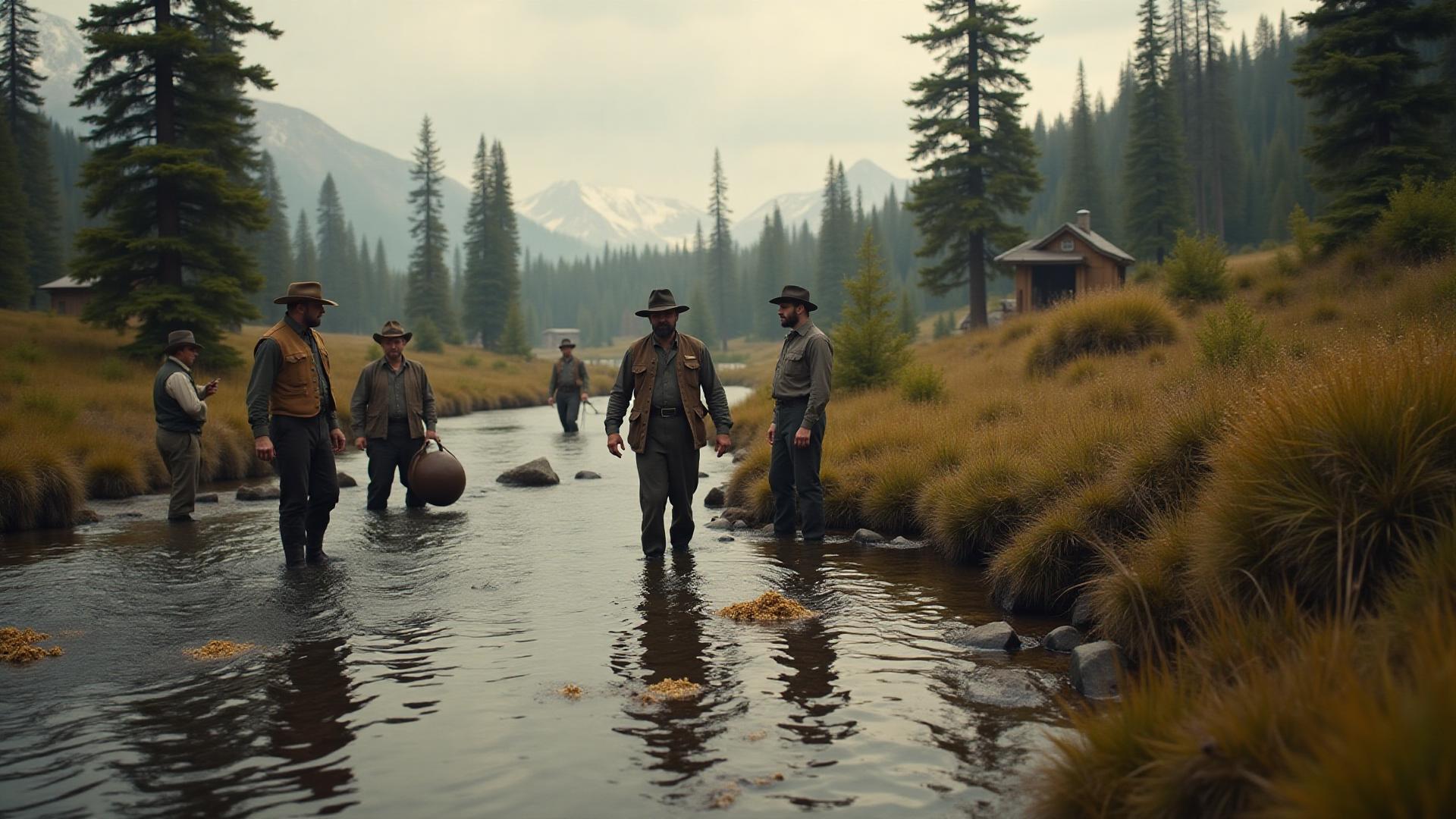The Klondike Gold Rush remains one of North America's most compelling chapters of exploration, ambition, and hardship. Between 1896 and 1899, tens of thousands of hopeful prospectors ventured into Canada's Yukon, chasing dreams of wealth in one of the most remote regions on the continent.
Discovery & Catalyst
On August 16, 1896, gold was discovered at Bonanza Creek (then Rabbit Creek) by a party including George Carmack, Skookum Jim, Tagish Charlie, and Kate Carmack. This momentous discovery would change the course of thousands of lives and reshape the northwestern frontier of North America.
News Spreads, Stampede Begins
The discovery remained fairly local until 1897, when reports reaching Seattle and San Francisco ignited a gold rush, ultimately drawing some estimates of 100,000 men to the region (though only 30,000–40,000 made it to the goldfields). The images of steamships loaded with gold arriving at Pacific ports created a media sensation that gripped the continent.
Peak and Fade
The height of the rush was summer 1897 to summer 1898. During this intense period, Dawson City transformed from a wilderness outpost into a bustling boomtown of 30,000 souls. By 1899, with gold found in new regions (like Nome, Alaska), many abandoned the Klondike for new opportunities.
Legacy & Dynamics
Though few became rich, the rush transformed Dawson City, spurred infrastructure development across the Yukon, and etched itself into literature and lore. Authors like Jack London and Robert Service immortalized the struggle and romance of the Klondike experience, ensuring its place in North American cultural memory.
Key Statistics
- 100,000 people set out for the Klondike
- 30,000-40,000 actually reached the goldfields
- 4,000 found gold
- Only a few hundred became truly wealthy
This overview sets the stage for understanding one of history's most dramatic mass migrations. The following articles explore the specific events, challenges, and impacts of this remarkable era in greater depth.
